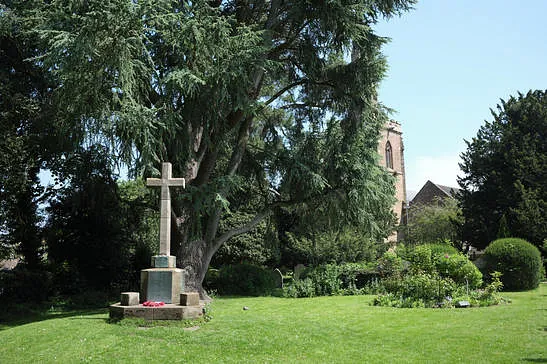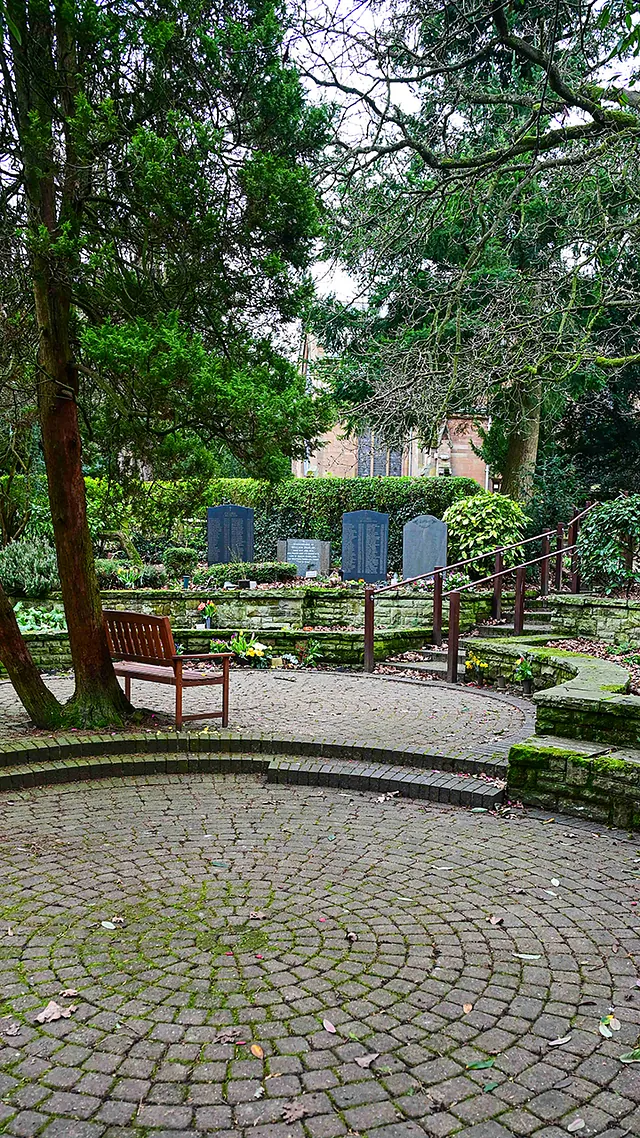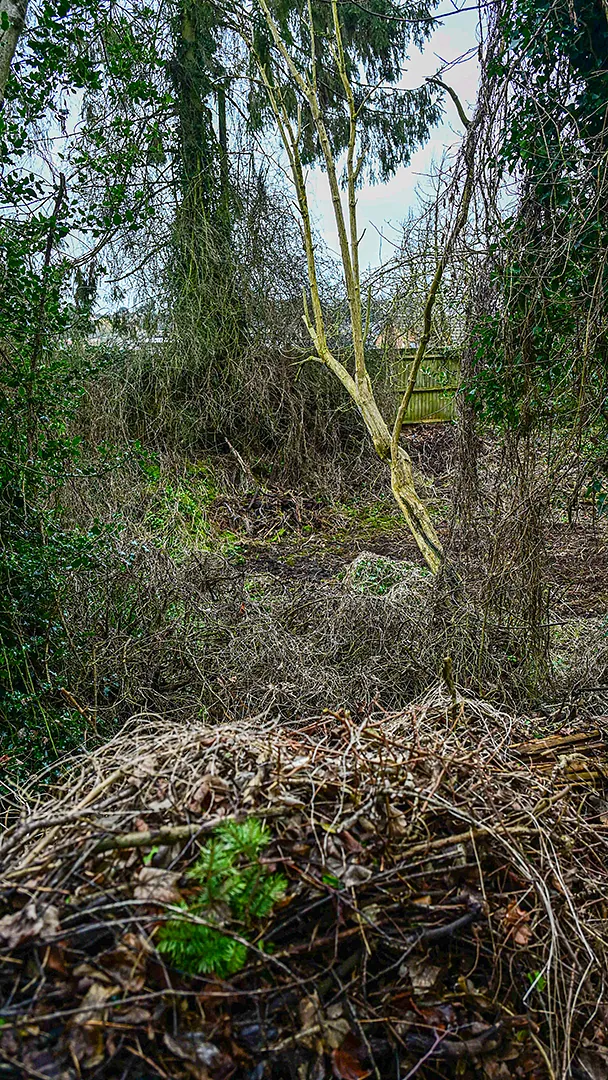Caring for God's acre
As well as being a sacred place where People have gathered for over six hundred years, St Mark's churchyard is also a home to a rich variety of flora and fauna, much in decline over recent years.
A team of volunteers maintain the Churchyard, trying to careful manage the balance between living organisms, including humans, and their physical environment.
The Churchyard is maintained without the use of chemicals and to Eco Church standards. Specific areas within the Churchyard have been left wild and others where wild flowers are left to set their seeds. Following on from their efforts animals and insects have returned, leading to an award from the Butterfly Conservation trust.
Areas in the Churchyard
The Churchyard is divided into several sections. How each of these is maintained can be seen below.
Formal Garden and War Memorial
The formal garden and war memorial area is regularly mown and maintained by volunteers. Note the many lovely trees including Scots Pine and Cedars. In Spring 2022 dead and sick roses are being removed and plots sown with grass.
Please contact Sandra Bevan via the Parish Office if you have any queries or concerns.
Garden of Remembrance
The Garden of Remembrance is a space designed in the 1970's to remember loved ones and is maintained by volunteers and a contractor.
Summer Meadow (East)
The Summer flowering meadow beyond (east of) the church building is left uncut in the summer to encourage a variety of grasses and wild flowers to thrive and provide food and shelter for insects, birds and other wildlife. It is mown each month from the end of August.
Tombs in the Eastern Meadow before working on them and the same area after clearing.
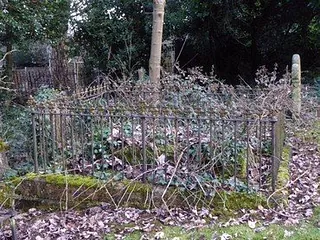
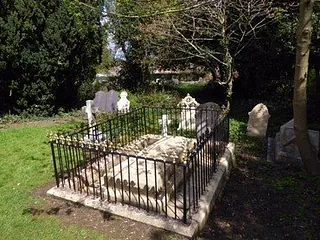
Spring Flowering Meadow (North)
The Spring flowering meadow to the left (north) of the church building is left uncut until the end of May to allow the hundreds of snowdrops and primrose seeds to ripen and disperse to increase their numbers. The long grass provides food and shelter for birds and insects. It is mown each month from June until the Autumn.
Click here to see more photos of the Spring Flowering Meadow
Wild Areas
Patches of bramble and scrub, nettles and dead hedges provide essential habitat for small mammals, birds and amphibians. The hay and leaf mould heaps are home to bacteria and worms and the compost from them is used on flower beds

